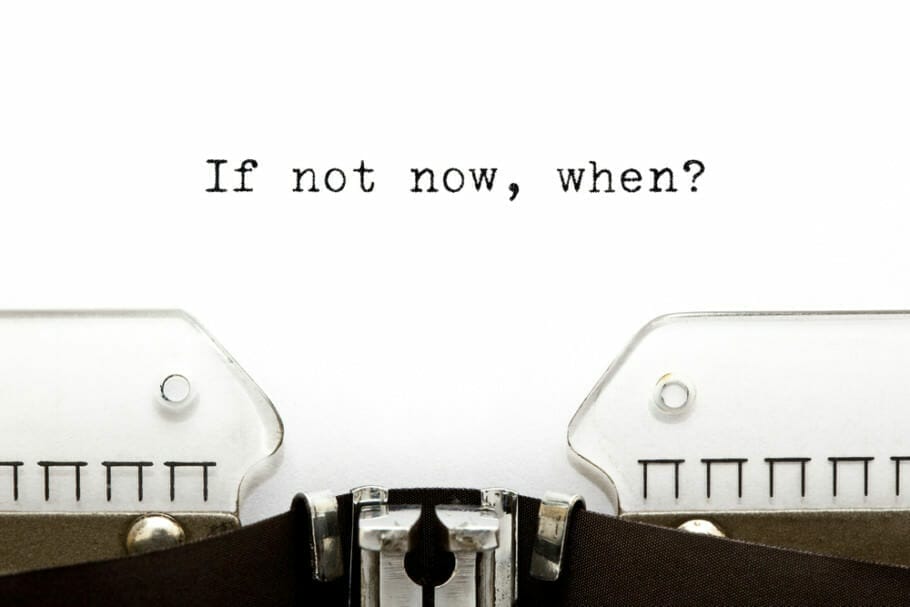More success stories?
Im Shop or our Newsletter you are guaranteed to find what you are looking for:

For their successful, good life Information you really need: Government-funded publisher, awarded the Global Business Award as Publisher of the Year: Books, Shops, eCourses, data-driven AI-Services. Print and online publications as well as the latest technology go hand in hand - with over 20 years of experience, partners like this Federal Ministry of Education, customers like Samsung, DELL, Telekom or universities. behind it Simone Janson, German Top 10 blogger, referenced in ARD, FAZ, ZEIT, WELT, Wikipedia.
Disclosure & Copyright: Images created as part of a free collaboration with Shutterstock. Text originally from: "The Career Driver's License: Success Tips for Everyone Who Starts Working" (2011), published by Campus Verlag, reprinted with the kind permission of the publisher.
From Professor Dr. Martin-Niels Däfler (More) • Last updated on October 17.10.2023, XNUMX • First published on 15.01.2018/XNUMX/XNUMX • So far 8416 readers, 2942 social media shares Likes & Reviews (5 / 5) • Read & write comments
Often it goes like this: It is meeting and one is looked out, who grudgingly takes on the thankless task of writing a protocol - which nobody reads afterwards. Protocol are very important. But important: It has to be a good protocol.

There is a lot of ignorance about the criteria that a good protocol should meet. So: A protocol serves the objective Information via meeting, event, session, seminar, committee, debate, discussion or the like. Minutes should be complete and contain no personal comments or thoughts.
The minutes serve as documentation for the participants and for information for those who are not present. A distinction is made between two types of logs: In result logs, the results are one meeting or session, regardless of how they came about.
Exception: Decisions are formulated in the wording (with voting results). In history logs, the course of a meeting or meeting is recorded, including all suggestions, objections, discussions, and remarks.
In the following, however, no distinction is made between these two forms, since the procedure is always the same for the transferee and, moreover, mixed forms often exist in practice - only the remarks in the middle section differ according to the above delimitation.
"Today you write the protocol!" says he Executive quite casually. And now? How do you create an optimal report? How do you get everything important in the meeting and manage to keep the red thread at the same time? And what is even important?
If the meeting is over and the recording clerk has worked hard, the most annoying part of the work follows: you have to write the log on the computer. It is not that difficult if you pay attention to a few points.
Talk to the session leader and get the following information:
Most journalists make notes on paper; only a few are typing their transcripts directly into a laptop. If you also prefer paper, then provide enough sheets and functional writing tools.
Maybe you want to use color pencils and text markers? If there is a company-internal form for protocol notices, use it.
Come early in the conference room to secure a place from which you can see and hear all the participants.
It is also advantageous if you also have a place that allows good eye contact to the chairperson.
Now note the reason, place, date, participant, direction and start of the meeting or meeting. If you do not have the invitation and the agenda yet, have them given by the session leader at the latest.
If the participants are not personally known to you, leave a list of participants at the beginning. If this is not possible, you can have the participant names given to the chairperson immediately after the end of the event.
Once the actual event has started, you have to concentrate fully in order not to miss a post. Depending on the type of protocol – see above – draw up Now take notes. It is advisable to use a separate sheet for each agenda item; number these papers so you don't get confused.
What do you do if you don't quite understand something or don't fast were able to write enough? Quite simply: you ask. Everyone understands if you miss something. Of course, you shouldn't ask too often...
If applications are submitted orally, it is advisable to read the transcript and have the applicant confirm that the application was written down correctly. When voting on motions, you must record the result precisely: "10 yes votes, 8 No- Votes, 2 abstentions.”
After completing the meeting or meeting, enter the end time in your form. Make sure that you have a copy of all documents distributed during the course.
Talk briefly with the session leader and ask him if there are any changes due to the course of the event (such as a necessary earlier completion of the protocol or an extended distribution loop).
It's best if you tackle this task right away, because that way you'll still have the history fresh in your mind Head and can use your memory to compensate for any gaps in the transcript.
Experienced protocol agents reserve sufficient time for the preparation of the protocol in the calendar immediately after a meeting or session. The more detailed and precise your inscription was, the easier you are now.
In general, take a brief look at the importance of the post or topic. And: The protocol language has some special features that you should consider:
Give your protocol to the session leader for reading. If there are no objections, it can now be signed by him and you.
Depending on the specified procedure, you can now make paper copies or send the log via eMail. Be sure to mention all of them facilities (applications, resolutions, slides, plans).
Make a signed copy of the transcript along with your transcript.
 Prof. Dr. Martin-Niels Däfler teaches at the University of Economics and Management (FOM) in Frankfurt am Main. Dafler, born in 1969, studied business administration and has been working as an independent communications and marketing consultant and trainer ever since - his clients include both large and medium-sized companies as well as numerous associations and academies. Since the beginning of 2010 he has been a lecturer at the University of Economics and Management (FOM) in Frankfurt am Main. His publications include “The career driver's license - tips for success for everyone who starts working”. All texts from Professor Dr. Martin-Niels Däfler.
Prof. Dr. Martin-Niels Däfler teaches at the University of Economics and Management (FOM) in Frankfurt am Main. Dafler, born in 1969, studied business administration and has been working as an independent communications and marketing consultant and trainer ever since - his clients include both large and medium-sized companies as well as numerous associations and academies. Since the beginning of 2010 he has been a lecturer at the University of Economics and Management (FOM) in Frankfurt am Main. His publications include “The career driver's license - tips for success for everyone who starts working”. All texts from Professor Dr. Martin-Niels Däfler.
Write log in 9 steps - 1 / 2: The meeting chronology via @berufebilder - Recommended contribution XUvUG6ABNN
Write log in 9 steps - 1 / 2: The meeting chronology via @berufebilder - Recommended contribution pFLRh9T1Hs
RT @Berufebilder: Write minutes in 9 steps - 1/2: The meeting chronology - Recommended contribution ilHVlCZoED #success #management
Write log in 9 steps - 1 / 2: The meeting chronology - Recommended contribution HpK762fr7J - Recommended contribution gHdN8cfmFu
The career guide: Write a log in 9 steps (part 1) #Business
Commented on Twitter
The career driver's license: Write a protocol in 9 steps (Part 1): About the criteria ...
Post a Comment